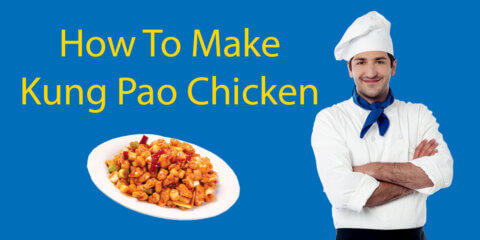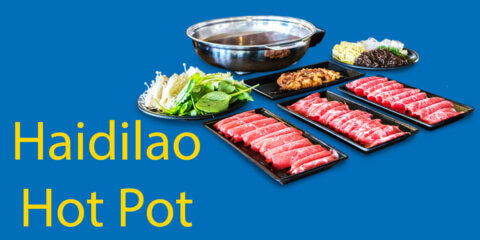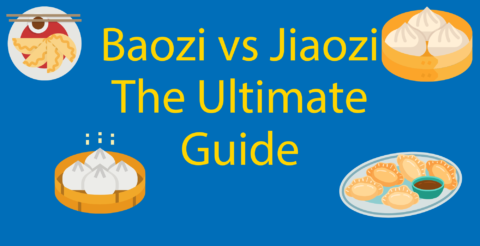Think You’re a Die Hard Dumpling Fan? Not until You’ve Tried All the Dumplings on this List!
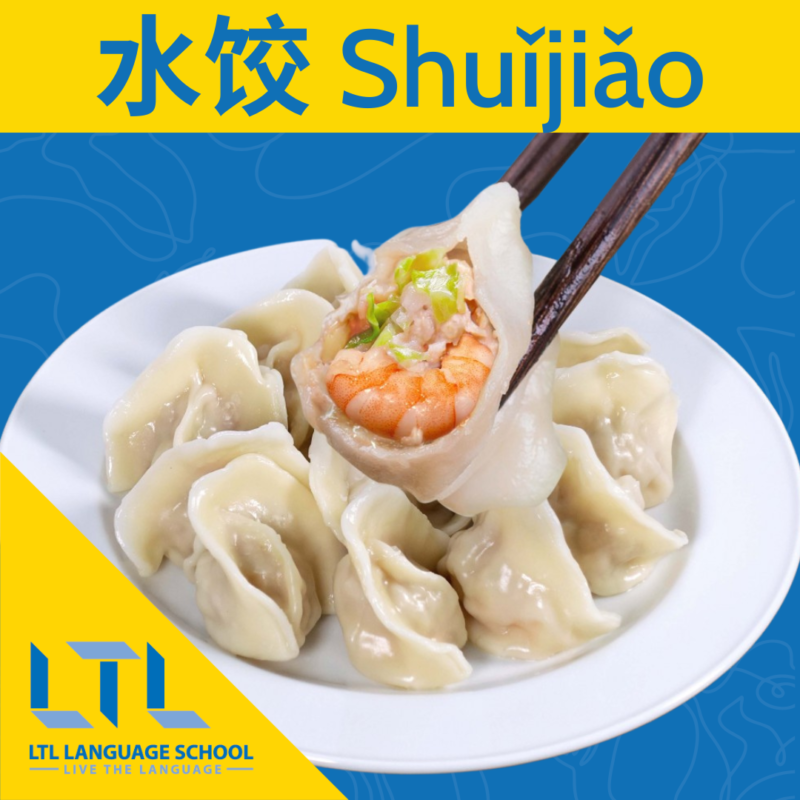
From Polish pierogi to Italian tortellini, dumplings can be found all over the world.
But nowhere are they more diverse, popular or culturally significant than in China. Here you’ll find a mind-bogglingly big selection of bitesize treats to satisfy all your cravings.
Steamed, boiled, fried and baked, there’s not a type of dumpling China doesn’t have.
So, dumpling fans, get ready. Because in this post, we’re exploring 17 of the best types of dumplings China has to offer.
Hope you’re not hungry! Now, let’s get stuck in.
Chinese dumplings | A Beginner’s Guide
Chinese dumplings | 饺子 jiǎozi
Chinese dumplings | 包子 bāozi
Chinese dumplings | 汤包 tāng bāo
Chinese dumplings | 馄饨 húntún
Chinese dumplings | Rice Dumplings
Chinese dumplings | 蛋饺 dàn jiǎo
Chinese dumplings | FAQS
A Beginner’s Guide
But first, why are dumplings so important?
Dumplings are more than just food – they’re a symbol of Chinese culture.

Legend has it that they originated during the Han Dynasty when traditional Chinese medicine practitioner Zhang Zongjian returned to his village to find that everyone there was suffering from frostbite.
The damage mostly affected their ears. So, to help the villagers, he found some leftover dough, filled it with meat and healing herbs, shaped them to look like ears and boiled them.
Shortly after eating the dumplings, the villagers began to feel better… and the dumpling was born.
Since that period, dumplings – jiaozi in particular – have represented prosperity and good fortune, forming an important part of Chinese culture.
So, we’ll start there…
饺子 jiǎozi
Jiaozi is an umbrella term for the half-moon-shaped dumplings that originate from northern China.
Thin pieces of dough are delicately wrapped around a meat or vegetable filling before being cooked in one of three ways to create a 水饺 (shuǐjiǎo), 锅贴 (guōtiē) or 蒸饺 (zhēng jiǎo)
– all of which are different types of jiaozi.
水饺 shuǐjiǎo
shuǐjiǎo are often referred to as jiaozi, so if you were to ask for jiaozi in a restaurant, this is likely to be what you’d get.
They’re possibly the most famous type of Chinese dumpling thanks to their importance around Spring Festival (春节).
Every year, on the eve of the Chinese New Year, families across the country gather to 包饺子 (bāo jiǎozi), ready to eat shortly after midnight.
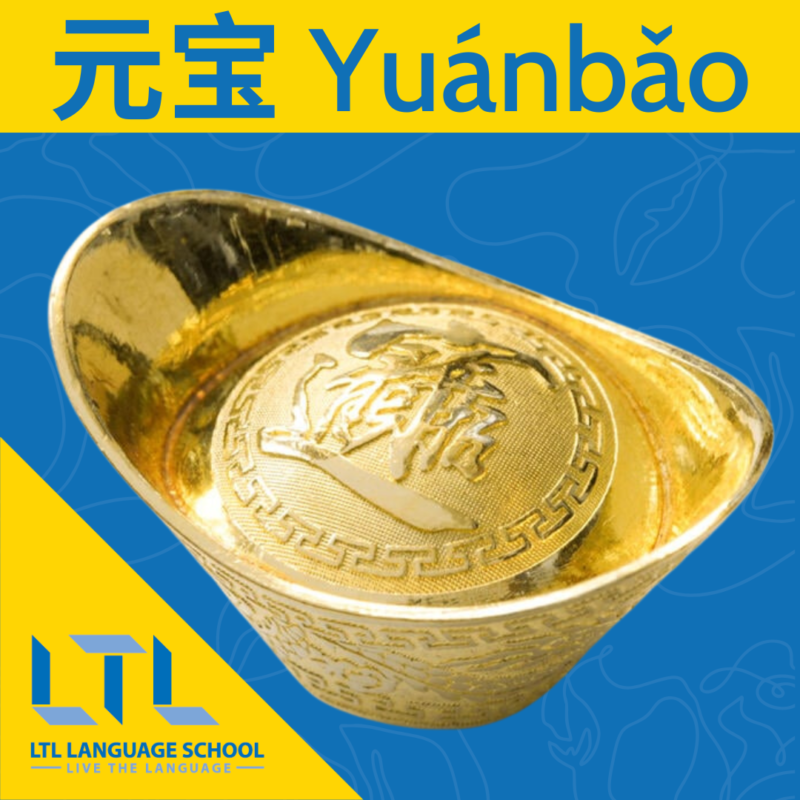
This is because the day was historically divided into 12 two-hour periods. The period between 11 p.m. and 1 a.m. was called jiāozǐ 交子, which sounds almost identical to 饺子.
That’s not the only reason, though. Jiaozi are shaped like a type of ancient Chinese currency called yuánbǎo 元宝, so consuming them at the start of the new year is thought to bring prosperity to families in the new year.
shuǐjiǎo fans, don’t worry. You won’t only find jiǎozi around this time of year; they feature on the menus of most Chinese restaurants across the country, no matter the season.
- Originate from: North China
- Best eaten: All the time!
- Found in: Chinese restaurants
锅贴 guōtiē

guōtiē are the pan-fried cousin of jiaozi.
Known in English as potstickers, guōtiē are crispy, crunchy and a little greasy.
They typically contain well-seasoned ground pork mixed together with cabbage and/or scallions.
You’ll find guōtiē on street food stalls across the country, though they’re most popular in northern cities like Qingdao, which has its own type of guōtiē filled with seafood.
- Originate from: North China
- Best eaten: As an accompaniment to a meal
- Found in: Northern Chinese restaurants
蒸饺 zhēng jiǎo
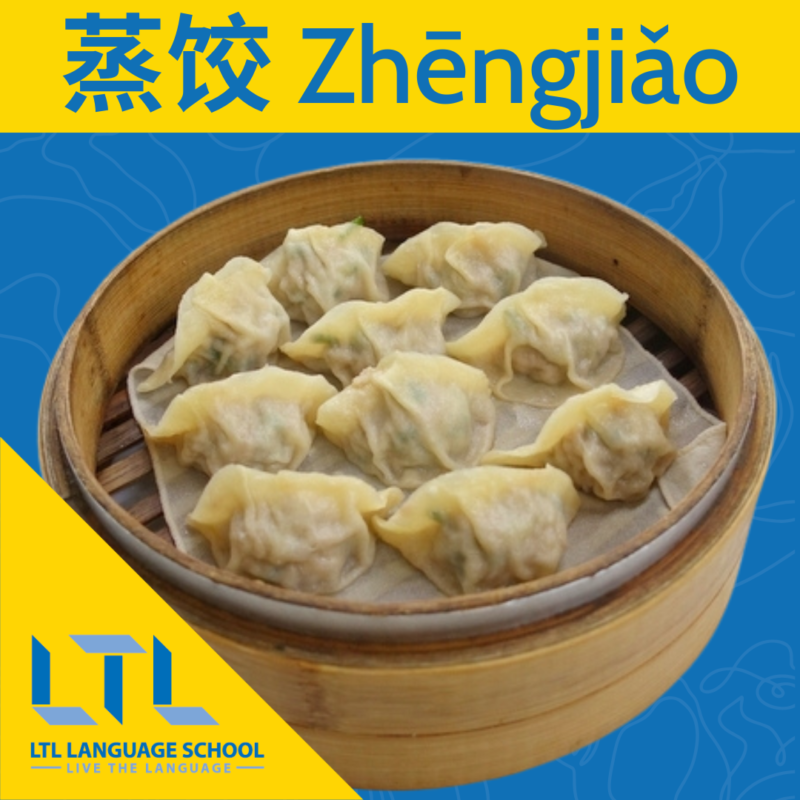
zhēng jiǎo is (yet) another type of jiaozi.
These dumplings are steamed, which is where they get their name from – 蒸 (zhēng) means ‘to steam’.
Zhengjiao fall somewhere between shuǐjiǎo and guōtiē, with a soft skin similar to the former and crispy bottom like the latter. And, like the other two types of jiaozi, zhēng jiǎo come with fillings to suit every taste.
- Originate from: North China
- Best eaten: As an accompaniment to a meal
- Found in: Northern Chinese restaurants
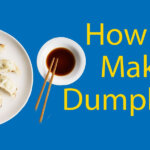
Ultimate Guide on How to Make Dumplings
Ever Wanted to know How to Make Dumplings? Find Out First Ever wanted to make dumplings at home but don’t know how? This easy recipe will show you how to make dumplings that taste just like the ones from your…
包子 bāozi Steamed Buns
Ask any dumpling fan their favourite type of Chinese breakfast, and they’re likely to say bāozi 包子.
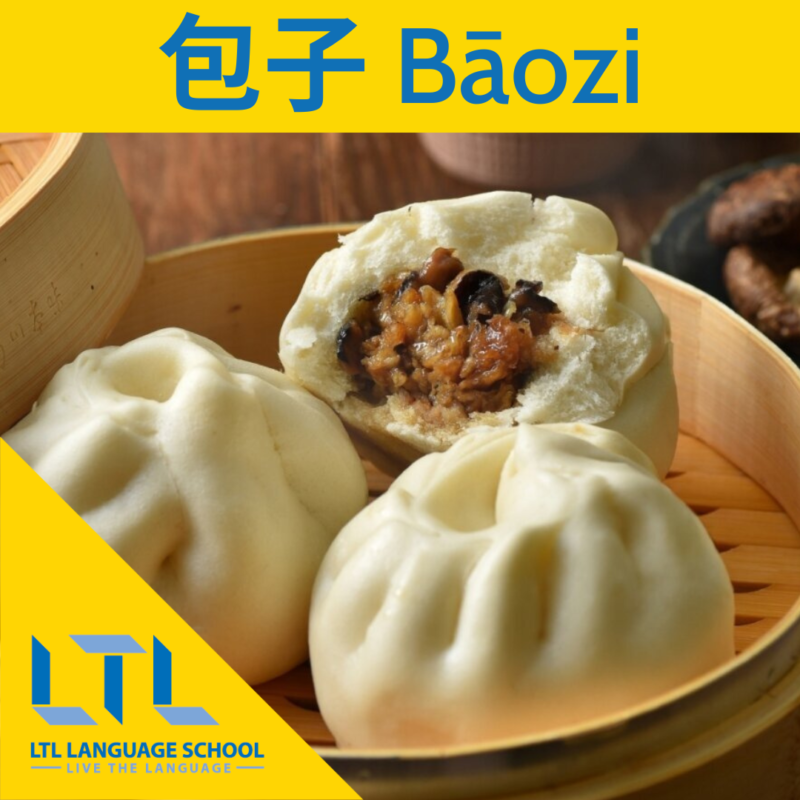
These warm, thick, fluffy pork-, vegetable – or egg-filled buns never disappoint.
包子 is a typical on-the-go breakfast food.
No matter where in China you are, you’re sure to find bāozidiàn 包子店 or bāozipù 包子铺, which are easily spotted by their huge circular zhēnglóng 蒸笼 (bamboo steamers) and crowds of hungry customers eagerly awaiting their fresh, piping hot buns before rushing to work!
Our suggestion? Always go for 包子店 or 包子铺 over convenience stores like FamilyMart that sell less tasty, more expensive 包子.
- Originate from: North China
- Best eaten: For breakfast
- Found in: 包子店 or roadside vendors
叉烧包 chāshāo bāo
Chāshāo bāo are a southern variation of bāozi typical of Cantonese cuisine.
They’re commonly served in bamboo steamers as part of a dim sum spread.
Unlike bāozi, which contain ground pork, chāshāo bāo are filled with chunks of 叉烧, a slow-roasted Cantonese pork dish that’s doused in a barbecue sauce.
They’re much sweeter than the traditional bāozi, making them more suited to a lunch or dinner snack.
- Originate from: Guangdong Province
- Best eaten: With dim sum
- Found in: Cantonese restaurants
生煎包 shēng jiān bāo
生煎包 are small pan-fried baozi cooked in a shallow pan, similar to 锅贴.
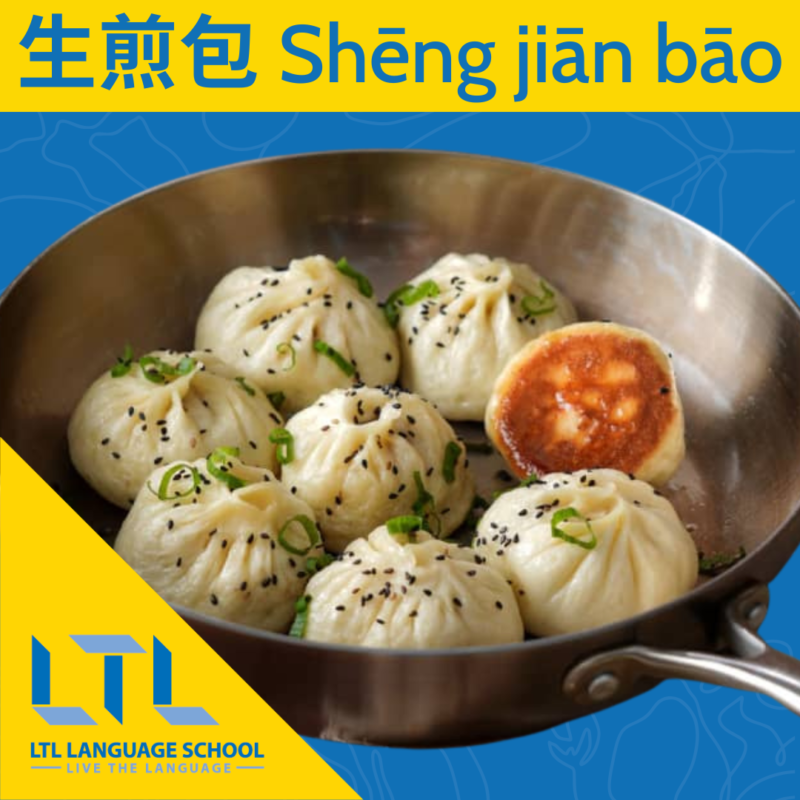
生煎包 (shēng jiān bāo) contain a type of gelatin that’s placed between the dumpling filling and the skin, which is much thinner than that of 包子 or 叉烧包.
The gelatin melts as the dumpling is fried, giving it a rich flavour and a deliciously chewy texture.
Although it’s typically a Shanghainese breakfast food, you’ll find 生煎包 all over the country at all times of day.
One especially great place to eat 生煎包 is Yang’s dumplings – aka the Mcdonald’s of 生煎包. Fast, cheap and (very) addictive!
- Originate from: Shanghai
- Best eaten: Any chance you get!
- Found in: Roadside vendors or fast-food dumpling chains
烤包子 kǎo bāozi
Originating from China’s northwestern province of Xinjiang, 烤包子 are virtually unrecognizable from the other dumplings on this list.
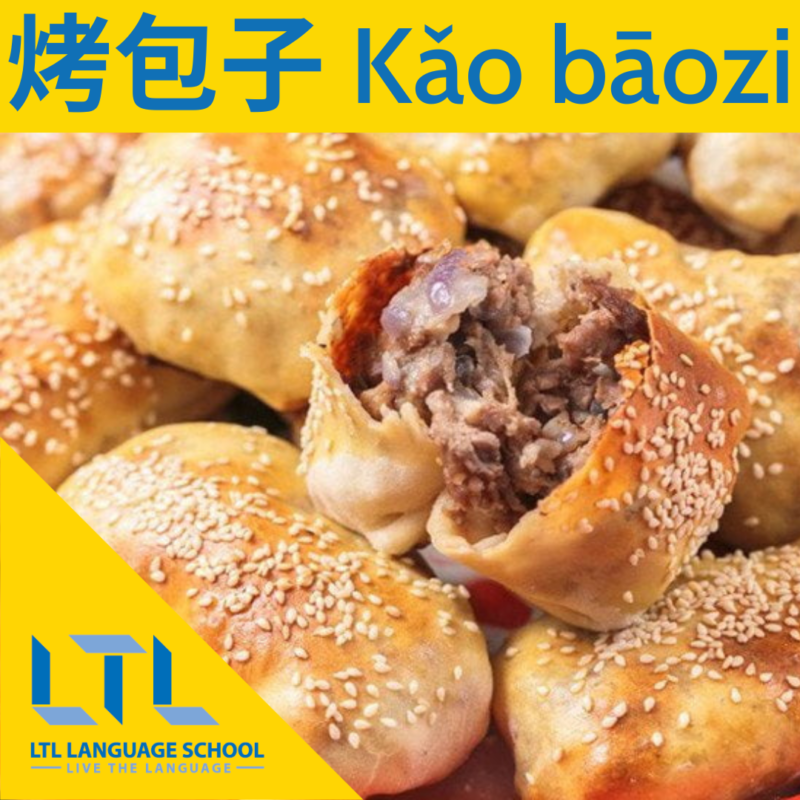
Their thin, pastry-like skin is wrapped around a taste-bud-tingling mix of lamb, onion and cumin before being baked in a tandoor oven.
Yep, you read that correctly – no bamboo steamers here!
Raw 烤包子 are placed around the inside of the oven and left for a few minutes to bake. When they’re ready, street food vendors fish them out one by one with a metal stick and pile them high on their stalls to entice passersby.
They are the perfect warming snack for a cold winter’s day. The only downside is that we’re yet to find a meat-free option!
- Originate from: Xinjiang
- Best eaten: Any chance you get!
- Found in: Northwestern street food stalls or Xinjiang restaurants
汤包 tāng bāo – Soup Dumplings
Next up, we have soup dumplings. These are variations of 包子 that originate from Shanghai and Jiangsu Province and contain, you guessed it, soup!
小笼包 xiǎo lóng bāo
No trip to Shanghai would be complete without sampling the revered 小笼包.
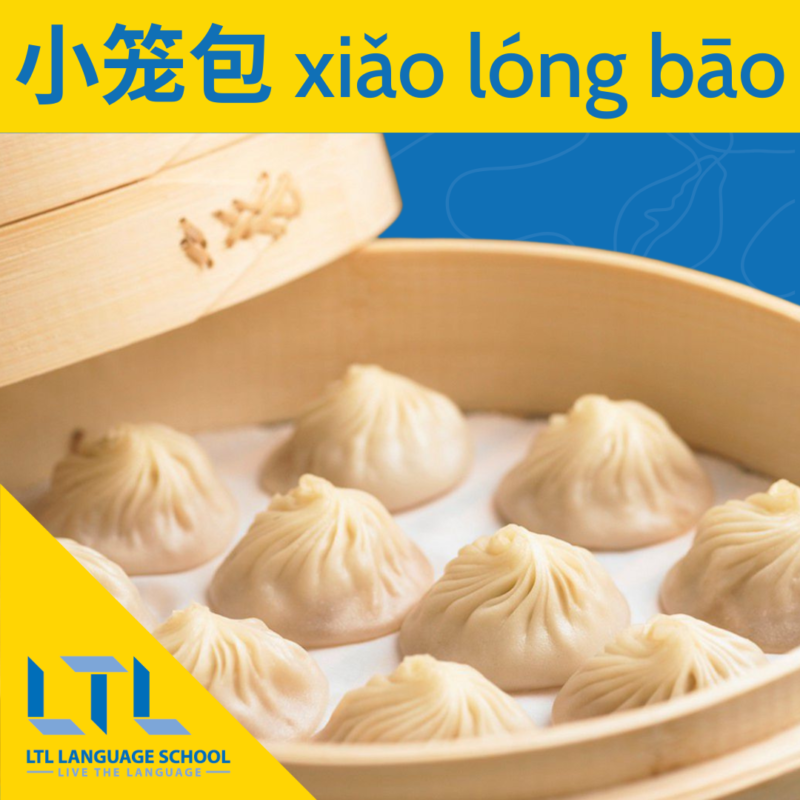
These small but mighty soup dumplings have been a staple of the local cuisine since the 19th century when Nanxiang resident Huang Mingxian created them in an effort to stand out in an increasingly competitive steamed-bun market.
Huang made a jellified meat stock similar to gelatin and inserted it between the 小笼包 skin and filling before steaming them.
As they cooked, the jelly melted into a rich stock that surrounded the filling, creating China’s very first soup dumpling.
They were an overnight success and their popularity continues to today.
In fact, they became so popular that in 2006, the Chinese government listed them as a protected national treasure!
There’s said to be a special art to creating the perfect 小笼包, which are easily identifiable by the 18 pleats that form the top of the dumpling.
Fortunately, while 小笼包 are a Shanghai treasure, you can get a taste of them almost anywhere in the world. One of the best places to sample them is the Chinese global restaurant chain, Din Tai Fung.
- Originate from: Shanghai
- Best eaten: On a trip to Shanghai
- Found in: Street food stalls or any Shanghai cuisine restaurant
If you’re in the city, don’t forget to check out our ultimate guide to dumplings in Shanghai!
南京汤包 nánjīng tāng bāo

Neighbouring Nanjing also boasts its own variation of a soup dumpling, known quite literally as the 南京汤包 Nanjing tangbao.
You’ll find tangbao on street food stalls all over the city (and across the province of Jiangsu, for that matter).
They’re often served in individual steaming baskets along with a straw to make it easy for people to slurp the soup before tucking into the dumpling.
Unlike the 小笼包, 汤包 often contain crab roe and come in various shapes and sizes – some the size of a side plate!
Safe to say, eating them can get very messy, which is why you’ll be thankful for the straw.
- Originate from: Jiangsu
- Best eaten: Lunch or dinner
- Found in: Street food stalls or any Jiangsu cuisine restaurant
馄饨 Húntún – Wontons
Wontons are possibly one of the most well-known types of dumplings outside of China as they feature on the menus of most Cantonese restaurants and takeaways.
While this is not usually a sign of authenticity (or quality), wontons are legit – and the ones in China are really, really good.
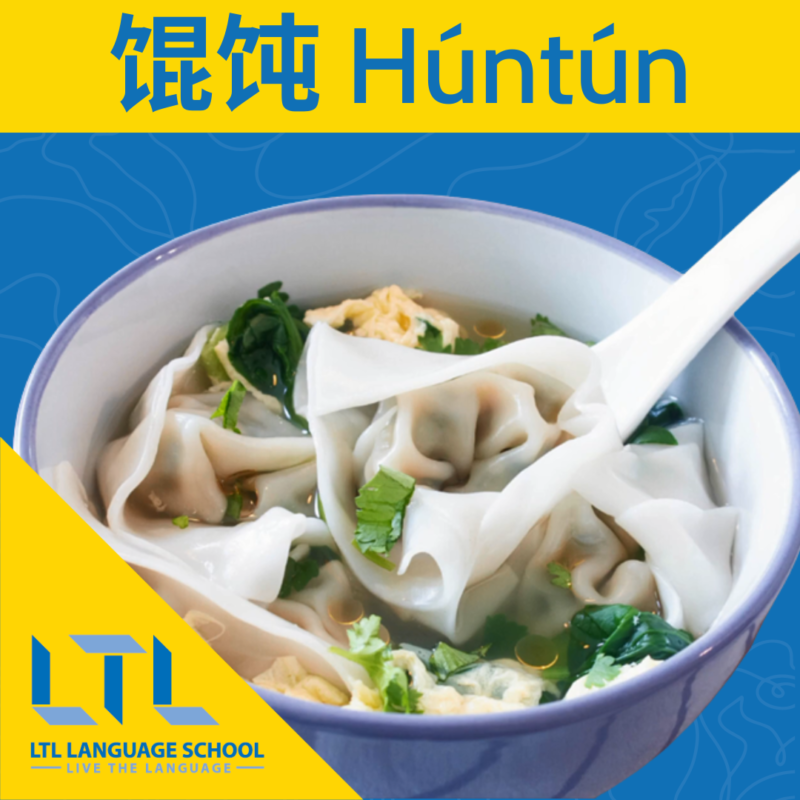
In Guangdong, wontons are usually filled with shrimp and minced pork and served inside a noodle soup.
But this isn’t the only way you can enjoy them because wontons are also incredibly popular across various other regions of China.
If you like spice, you’ll want to try the Sichuanese variation, which are served with sesame paste and chili oil.
They go by the name 红油抄手 (Hóng yóu chāoshǒu) and live up to the region’s reputation for fiercely hot food.
In Shanghai, you’ll find pork-filled wontons eaten in broth or, in the hot summer months, covered with majiang, a sesame-flavoured sauce.
Other regions have put their own twist on the wonton, but this article is about dumplings, so let’s not let wontons steal the show.
- Originate from: Jiangsu
- Best eaten: Lunch or dinner
- Found in: Street food stalls or any Jiangsu cuisine restaurant

The Complete Guide on How to Learn Chinese (in 2025) 🏆 13 Tips For Success
How to Learn Chinese? For a native English speaker, Chinese is an intimidating language! But it needn’t be as hard as you think if you follow these tips.
燒賣 shāomai
燒賣 is another Cantonese dumpling that’s usually served as part of a dim sum spread.
Much like other types of dumplings, shaomai is filled with ground pork, shrimp, mushroom and green onion.

But what makes it unique is its paper-thin skin made from lye water dough, which is wrapped around the filling, leaving a gap at the top through which you can see what’s inside.
Hohhot, the capital city of Inner Mongolia has its own variation of shaomai.
Although similar in appearance to the dim sum dumpling, the Inner Mongolian version is usually filled with mutton and a very generous sprinkling of ginger.
Hohhot shaomai tend to be quite greasy, so it’s common for them to be served together with vinegar and tea to balance out the flavour. That’s tea for drinking, not dipping!
- Originate from: Guangdong/Inner Mongolia
- Best eaten: At dim dum/Mongolian restaurants
- Found in: Dim sum restaurants/Inner Mongolian restaurants
Rice Dumplings
If you’re not a wheat eater, don’t worry. You can still enjoy a range of delicious Chinese dumplings made from rice instead of dough. Here are some of the best it has to offer.
咸水角 xián shuǐ jiǎo (Ham Sui Gok)
This is another dim sum favourite, and it’s very different to the other dumplings on the list. The skin is made from glutinous rice, which is pre-cooked before being deep-fried, making it both chewy and crispy.
Although the casing is unique, the filling tends to be – you guessed it – a tasty mix of pork and onion.
- Originate from: Guangdong
- Best eaten: At dim dum
- Found in: Dim sum restaurants
蝦餃 xiājiǎo (har gow)
Another dim sum delicacy, 蝦餃 is one you might have seen before.
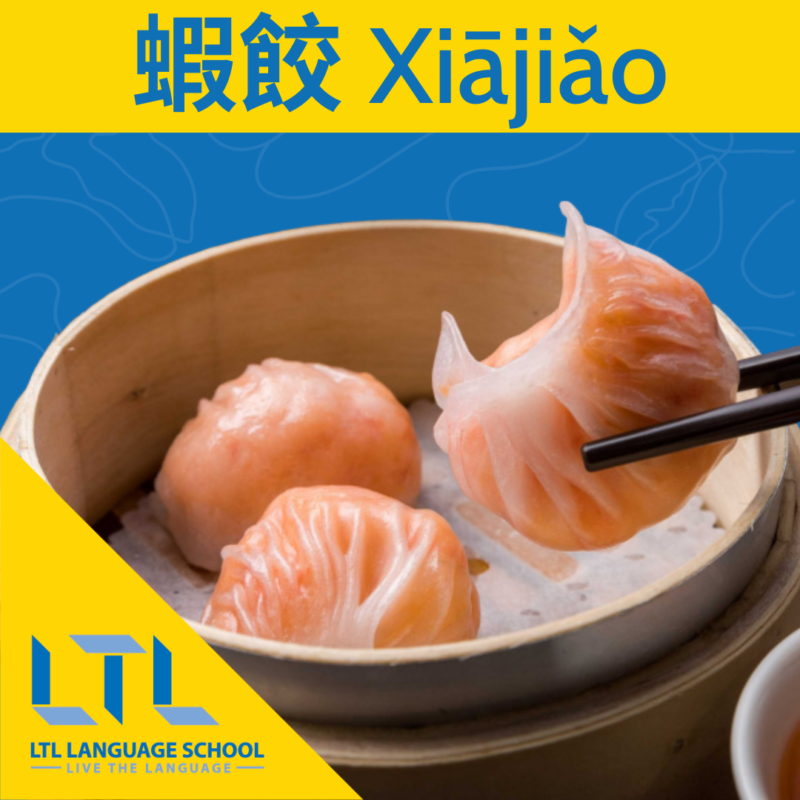
It’s a shrimp dumpling with translucent skin shaped like a shell. 蝦餃 are often served in small bamboo steamer baskets in groups of four. They’re small, juicy and easy to eat in just one bite.
Their appearance makes them stand out from the other dumplings on the list, which is what earned the dumpling its other name – 水晶虾饺 shuǐjīng xiā jiǎo (crystal shrimp dumpling).
You’ll find 水晶虾饺 in dim sum restaurants both in China and around the world.
- Originate from: Guangdong
- Best eaten: At dim dum
- Found in: Dim sum restaurants
粉果 fěn guǒ (fun guo)
粉果 are made with the same translucent skin as ha gow.
Although similar, 粉果 are filled with pork instead of shrimp and, instead of being made into a special shape, simply folded and steamed.
There’s no special technique, and no chef is being marked down for sloppiness if they don’t get the exact number of crimps quite right!
- Originate from: Guangdong
- Best eaten: At dim dum
- Found in: Dim sum restaurants
汤圆 tāngyuán
汤圆 are another type of dumpling eaten around the Chinese New Year, although this one is most commonly eaten around the Lantern Festival.
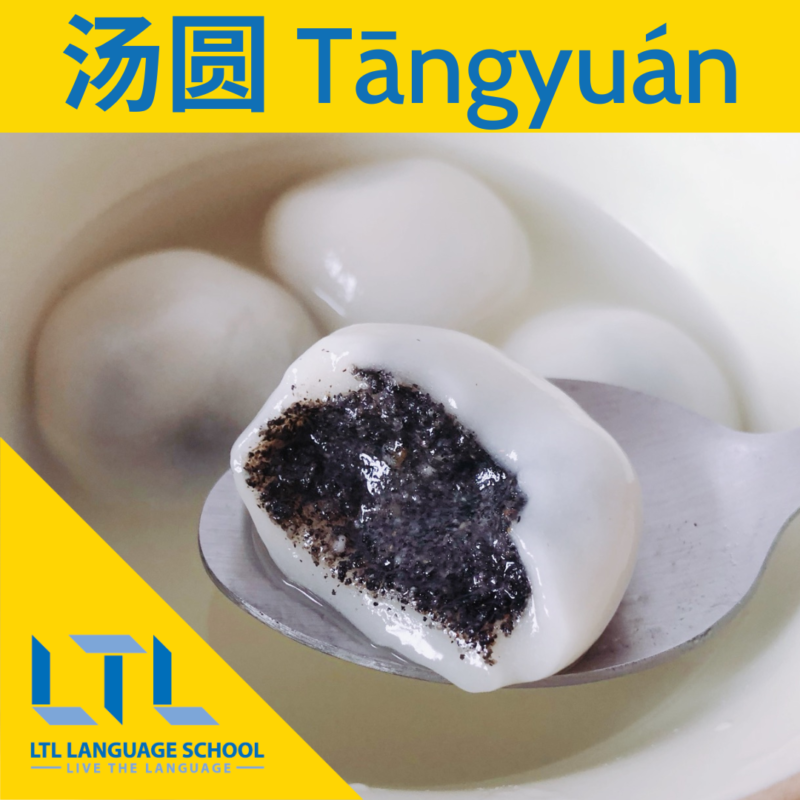
This is because tāngyuán sounds similar to the Chinese word for ‘getting together’, which is what this time of year is all about.
But because these dumplings symbolise togetherness and completeness, you’ll also see them at weddings and family reunions.
One of the most distinguishing features of tāngyuán are their colour and flavour. They come in white, yellow or pink, sweet or savoury. They’re usually served in a hot soup or syrup, which could be flavoured with red bean, black sesame or ginger.
Sweet fillings range from crushed peanuts or red bean paste to matcha paste, while savoury fillings include minced meat, mushroom or cabbage.
Don’t worry – savoury tāngyuán are served in a plain broth!
- Originate from: Ningbo
- Best eaten: Around Spring Festival
- Found in: Family homes, restaurants, weddings
青团 Qing tuán
When Qingtuan hit the shelves, you know that spring is on its way.

This deep green dumpling is traditionally eaten around the 清明节 Qīngmíng jié, when Chinese people pay their respects to their deceased family members.
Qingtuan are made of glutinous rice, which is typically mixed with Chinese mugwort or barley grass.
But the process for this is quite complicated, and given that the grass is only edible in spring, it’s more common to find it mixed with matcha nowadays.
As with most types of dumplings, qingtuan fillings vary. You can find them with lotus seed, black sesame, salted egg, and even pork floss. That’s one for the brave!
- Originate from: Jiangnan
- Best eaten: Around Qingming Festival
- Found in: Shops
蛋饺 Dàn jiǎo – Egg Dumplings
蛋饺 come from southeast China, where they’re traditionally eaten around Spring Festival.
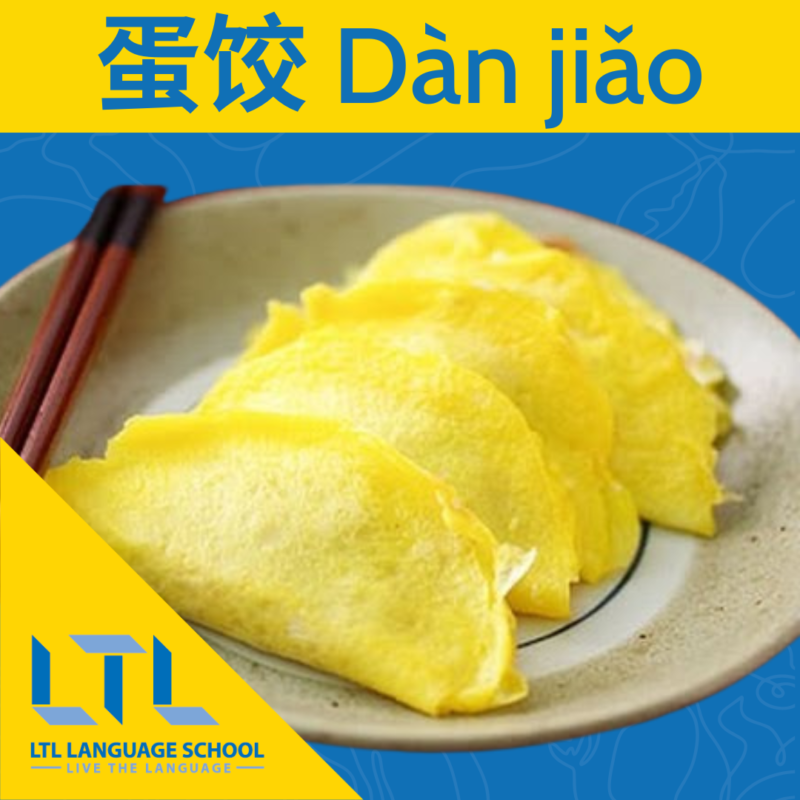
What makes these dumplings different from all the others on the list is the fact that their skin is made from eggs rather than flour.
Similar to 水饺, they’re thought to symbolise the gold ingot, bringing families wealth and prosperity for the new year.
They also contain a meat filling, which the egg is delicately wrapped around.
You’ll find 蛋饺 served together with dipping sauce or in a hot pot or soup. Whichever way you try them, they won’t disappoint!
- Originate from: Southeastern China
- Best eaten: Around Spring Festival
- Found in: Hotpot restaurants, southeastern Chinese restaurants
There you have it! 17 different types of Chinese dumplings that you should absolutely try on your next trip to China.
If this article has made you as hungry as it’s made us tell us which type of dumpling you can’t wait to try in the comments!
FAQs
How do you say dumpling in Chinese?
The general word for dumpling in Chinese is 饺子 jiǎozi, however this is mainly an umbrella term for the half-moon shaped variety.
$For the more specific names of different types of dumplings, we’d recommend checking out the full article!
How to make Chinese dumplings?
This depends on which type of dumpling you’re trying to make.
Generally, you need to prepare the wrappers, prepare the filling, fold the dumplings and then boil them. For a more in-depth breakdown, check out our dumpling cooking guide here!
What is in Chinese dumplings?
There’s a huge range of dumplings out there, from sweet tangyuan that contain black sesame, red bean or peanut paste, to savoury egg dumplings, vegetarian baozi and soup-filled pork dumplings.
You name it, it probably already exists!
How can I learn more Chinese language food vocabulary?
It’s easy!
You can study from the comfort of your home using our online Flexi Classes platform or you can take an immersive dive into Chinese culture at one of our schools in China or join a homestay program.
Want more from LTL?
If you wish to hear more from LTL Mandarin School why not join our mailing list.
We give plenty of handy information on learning Chinese, useful apps to learn the language and everything going on at our LTL schools!
Sign up below and become part of our ever growing community!


 Hi, my name is Ilaria. I am from Italy and I am a Student Advisor at LTL. Fancy coming to study with us in China? Drop me a message.
Hi, my name is Ilaria. I am from Italy and I am a Student Advisor at LTL. Fancy coming to study with us in China? Drop me a message. Hi, my name is Mojca. I am from Slovenia in Europe and I work as a student advisor at our Shanghai school.
Hi, my name is Mojca. I am from Slovenia in Europe and I work as a student advisor at our Shanghai school.